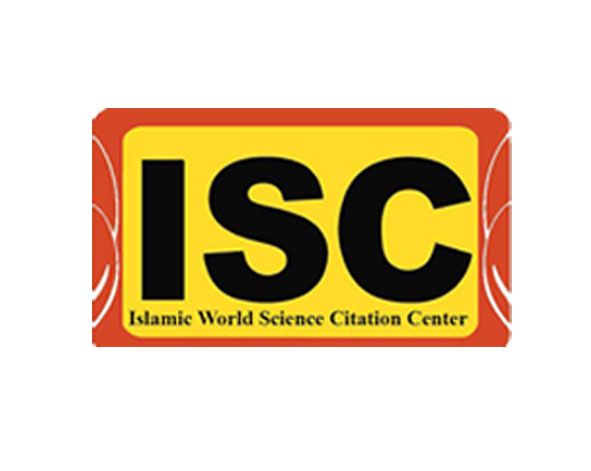About the journal
Pazhūhish-i Źabān va Adabiyyāt-i Farsī
Recent Articles
-
Open Access Article
1 - Analyzing the action of Pahlevan's Dragon and Genius in "Haft-Khan" Based on the opinion of "Georges Domzil"
REZA MOVASSELI Ebrahim Mohammadi akbar shayan sereshtIssue 74 , Vol. 22 , Autumn 2024 -
Open Access Article
2 - We-Narrator in Complementary Point of View: Factors for Distinguish between Collective and Non-Collective Narratives
Nastaran Shahbazi Mohammad ParsanasabIssue 74 , Vol. 22 , Autumn 2024 -
Open Access Article
3 - Investigating the social-historical contexts of the thought and works of Mrs. Nosrat Amin
سید حمیدرضا رئوف ghodratollah Khayatian Azim HamzeianIssue 74 , Vol. 22 , Autumn 2024 -
Open Access Article
4 - Criticism of folk wisdom based on the Travelogue of Ebrahim Bey and the biography of Haji Babai Esfahani
mohammadreza movahedi hamed torkmaniIssue 74 , Vol. 22 , Autumn 2024 -
Open Access Article
5 - Characterization Methods in the Novel "The Prophet Without Miracles" by Mohammad Ali Rukni
khadijeh safari kandsari MEHDI MOHAMMADIIssue 74 , Vol. 22 , Autumn 2024 -
Open Access Article
6 - Comparative Analysis of the Story Elements of the Iranian Story "A City Like Heaven" and the Chinese Story "A Celebration of Blessings"
khadijeh hajiyan saeid bozorgbigdeli Zihua WangIssue 74 , Vol. 22 , Autumn 2024
Most Viewed Articles
-
Open Access Article
1 - A study of the content and structure of interpretation in the spiritual Masnavi
Maryam Nafeli Shahrestani hosein aghahoseiniIssue 60 , Vol. 19 , Spring 2021 -
Open Access Article
2 - Classification of the Kramat of Olia
Mohammad RoodgarIssue 60 , Vol. 19 , Spring 2021 -
Open Access Article
3 - Analysis of the effect of short words of Nahj al-Balaghah in Persian literature (with emphasis on the wisdom of 142 Nahj al-Balaghah, citing verses of the Quran)
Fakhrieh Namazian Jalil Tajlil Ruqayyah SadraieIssue 60 , Vol. 19 , Spring 2021 -
Open Access Article
4 - mythical places in folktales
Sara ChalakIssue 60 , Vol. 19 , Spring 2021 -
Open Access Article
5 - The"Avaze koshtegan"(The song of the slain), from the view of the Critical Theory of the Frankfurt School, with Emphasis on the Theories of Herbert Marcuse Critique of Modern Society in the Novel of the
Mahnaz Fooladi maryam hoseiniIssue 60 , Vol. 19 , Spring 2021 -
Open Access Article
6 - A Critical Review and Analysis of the Narrative Technique in a Story of the Golestan of Saadi
طیبه پرتویراد mostafa gorjiIssue 38 , Vol. 13 , Autumn 2015 -
Open Access Article
7 - Effective Factors in Formation of the Philosophical Formation of the Literary Genre in Romanticism
Hamid Forghani Ahmad رضاييجمكرانيIssue 51 , Vol. 16 , Winter 2019 -
Open Access Article
8 - The Pattern of the History of Knowledge and the Resurrection of Meaning in Shahaboddin Yahya Sohrewardi's Thought
Zahra Mahouzi حسینعلی Ghobadi Ahmad Pakatchi maryam آخسسثهدهIssue 51 , Vol. 16 , Winter 2019 -
Open Access Article
9 - The Effect of Symbolism of Expression Methods of Nima Yushij Thoughts
حاتم قادری A m Mohammad kamalizadehIssue 27 , Vol. 10 , Winter 2013 -
Open Access Article
10 - Analysis and Comparison of Prophet Mohammad's Praise and Ascension in Attar's Four Massnavi Books (Elahi-Nameh, Assrar-Nameh, Manteq Al Tair & Mosibat-Nameh)
Ahmad رضاييجمكرانيIssue 9 , Vol. 5 , Autumn_Winter 2007






